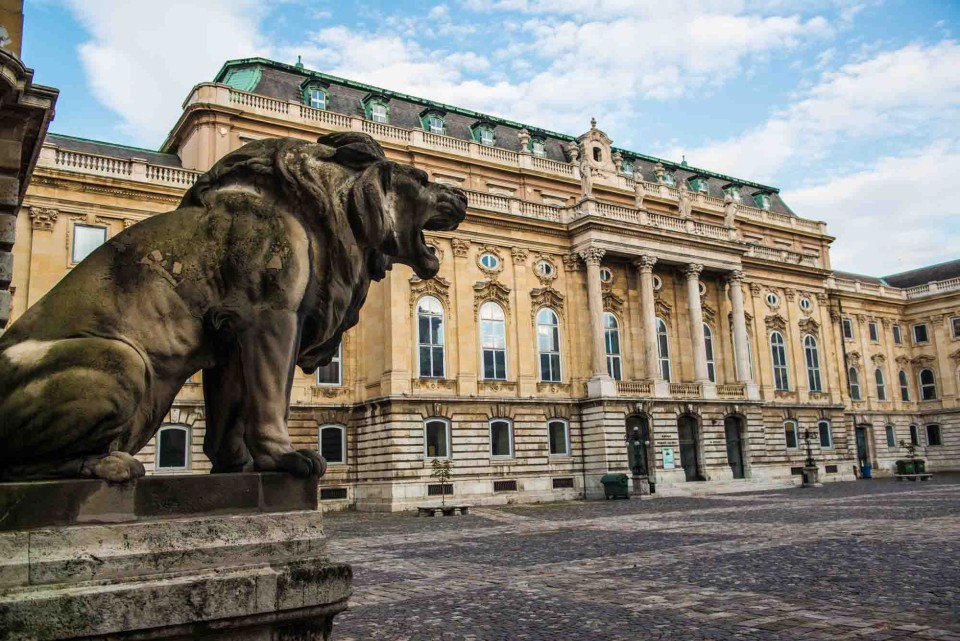
If a place is located between two powerful empires, situated on a major river, and at the crossroads of east-west and north-south trade, things are going to get complicated.
It’s complicated here in Budapest, Hungary. A walk through the Buda Castle neighborhood is no walk in the park. Brace yourself for striding through a thousand years of swirling history, a vortex of changing political powers, ruins of war, and probably some brisk winds, too, up on the hill above the Danube river.
But this was all a manageable experience with Nada Zecevic of Context Travel. Without regurgitating dull history books, she walked us through the last thousand years of Hungarian history, and related it eloquently to the present and future. All in all, a fascinating three-hour walking tour.
Editor's note: Can't travel to Budapest right now? As a result of the 2020 pandemic, Context Travel has introduced an excellent series of virtual seminars. These live, scholar-led courses even allow time for discussion and questions. Browse the Context Conversations calendar and book your seminar today. When you register, use the discount code tp50 for a 15 percent discount on your first booking. Just pull up a chair and soak up the knowledge, even if you can't travel.
What we saw and learned goes back to pre-Christian settlements, Roman times, and the time when Hungarians migrated across the Ural mountains to the Carpathian basin. From here, they raided west and north as far as Germany, where in 955 they were defeated by German King Otto I. They fell back to this area, and Buda, on the western, hilly side of the Danube, was established to protect local communities, particularly including Pest on the opposite side of the river.
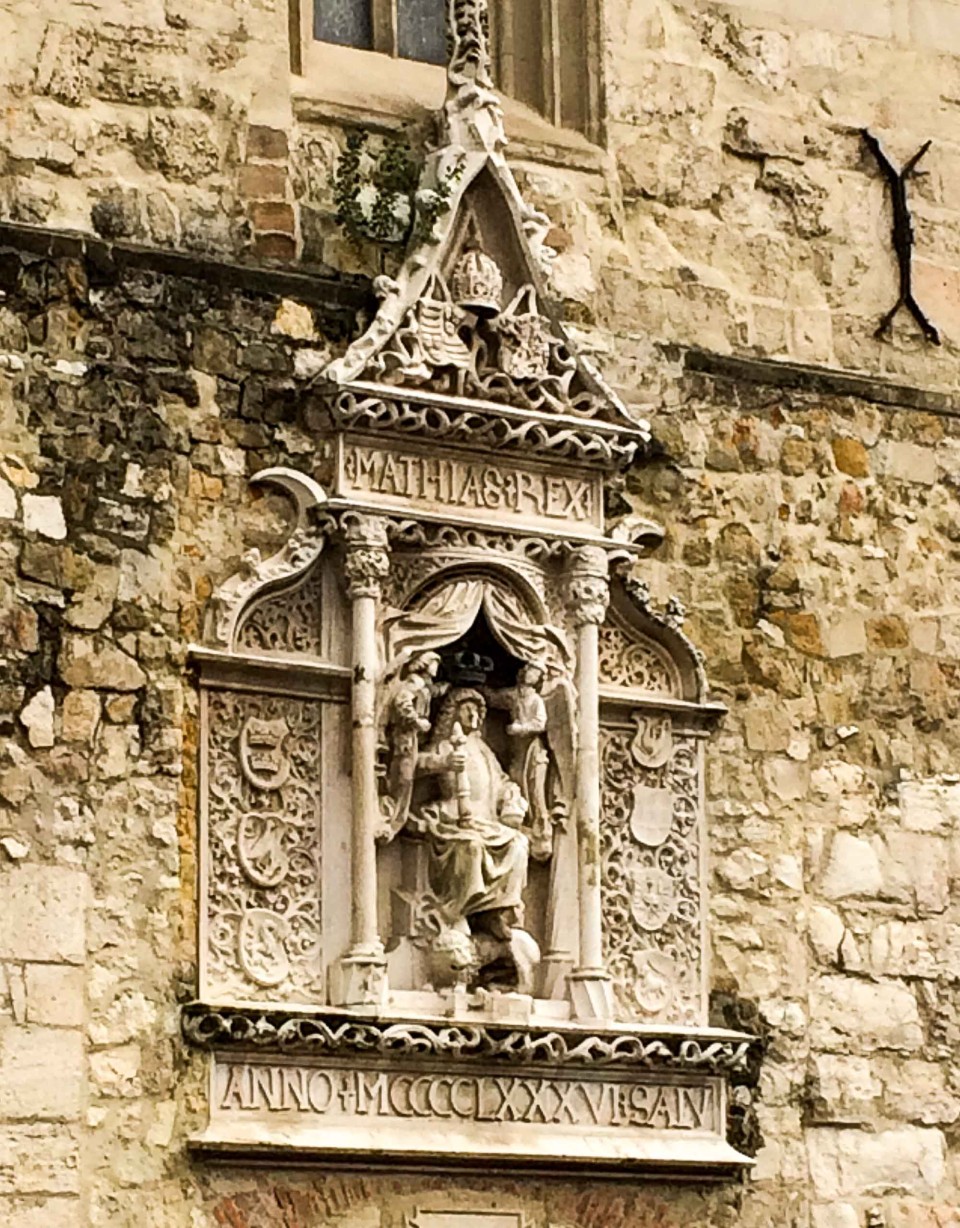
So Buda was a military post, an international trade community of merchants and craftsmen, and a town with all the usual centers: administrative offices, churches, markets, houses, squares. As such, it saw–and reveals–tremendous upheavals and changes.
As we talked, the historic vicissitudes melded into conversations about present-day Hungary, roughly like this:
- Around the year 1000: St. Stephen, the pagan king who accepted Christianity. He's considered the founding father of the Kingdom of Hungary.
- 13th Century: The original, medieval version of Buda Castle was completed. During this century King Bela IV tried to defend the area (including Croatia, Dalmatia, Bosnia, Serbia) from persistent attacks by the Mongol Tartars of Asia.
The Hungarian language is considered an orphan language, with some traces back to central Asia, like Finnish or Turkish. In fact, there is a popular notion that the fabled Hungarian sense of angst and alienation comes from being removed from their original civilization, and from their remote and isolated language–a concept Nada dismisses with a smile. Modern Hungarian, of course, also incorporates the languages of political and religious interaction: German, Slavic and Latin.
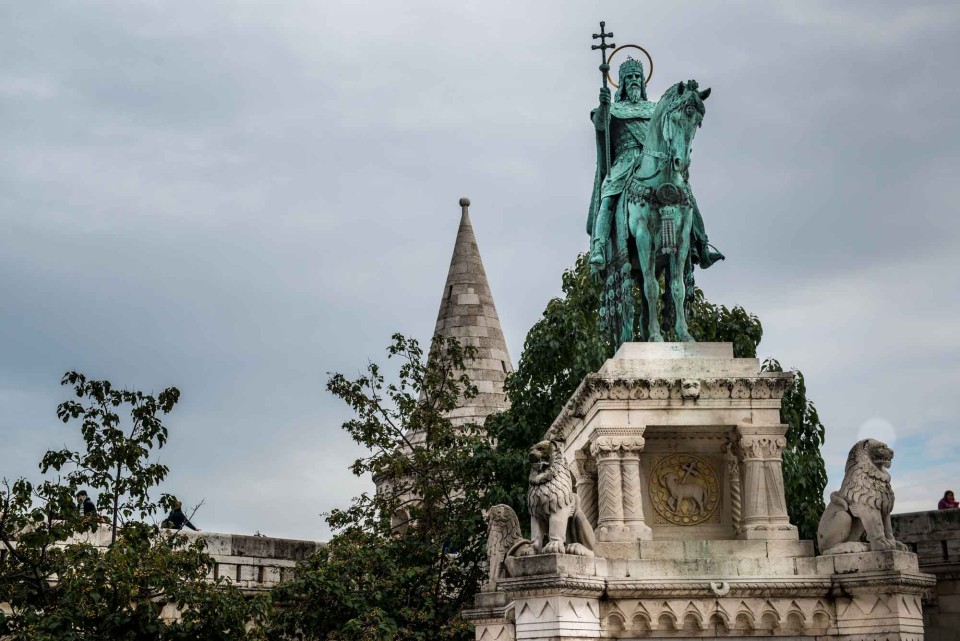
- Renaissance Centuries: The local family line of heirs died off in the 14th Century. King Mathias, the “Renaissance King,” was engaged in wars against the Ottomans and established stronger connections with other European powers, namely Austria, Bohemia, and the Aragon Kingdom of Naples. (Enter the Hapsburgs.) Connections with the Roman Catholic Church were strengthened. After the Battle of Mohacs in 1526, the central and southern regions of the medieval Kingdom of Hungary were taken over by the Ottomans.
The majority of Hungary's population today identifies as Christian (primarily Catholic and Lutheran).
- 17th Century: In 1686 Buda was ‘liberated’ by the Austrians, expelling the Ottomans and enveloping Hungary into the Hapsburg empire.
- 18th Century: But maybe Hungary didn’t want to be part of Austria. So the next couple hundred years simmered, and power was alternately seized, granted, taken back. The Buda Palace was built over the old castle (1749-1769), and served largely as an administrative seat of Hapsburg counts in charge of the Kingdom of Hungary.
- 19th Century: The resistance to Vienna boils over in 1848, after which Austria grants some concessions to Hungary, including its internal autonomy. In 1873, Budapest, newly formed by combining Buda, Pest, and Óbuda settlements, is named the ‘twin’ capital of the Empire. So in 1896 (considered the Millennium of settlements of Hungarians in the Carpathian basin), national pride is on parade. Palaces of the nobility spring up, Europe’s first underground metro rail line is constructed, and numerous buildings are renovated with a weird vision encompassing the past and future of Hungarian Baroque.
- 20th Century: We didn’t need to spend much time talking about this as we walked. WWI starts (reminder: the Austro-Hungarian archduke Franz Ferdinand’s assassination in 1914 by a Serbian nationalist gets things rolling). Hungary is right in the middle of the Austrian-German alliance, and squeezed further by the Turkish treaty with Germany. Then WWII. In Budapest, Germans and Russians faced off and the town, especially the Buda side, was destroyed, as were the bridges over the Danube.
- And then came Soviet rule, which the Hungarians contested in the quickly suppressed revolt of 1956.
From the 1970s, Hungary slowly deviated from the core USSR socialism; since 1989, after the end of the communist control in Central Europe, Hungary established a multiparty political system and initiated reforms that aimed at establishing a capitalist market economy. Today, Hungary is a member of the European Union, integrated into a global market economy. It's possible Hungary will adopt the Euro by 2017.
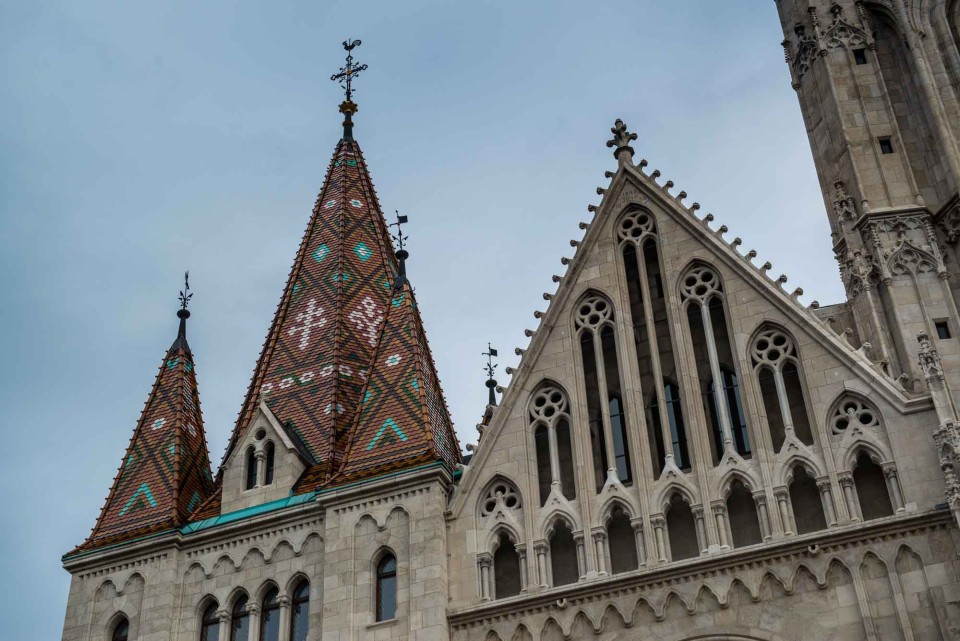
So now, in the 21st Century, we’re walking around old Buda neighborhoods, past church ruins, old fortifications, from the rebuilt church of St. Mathias to the enormous castle up on the edge of the hill.
Our guide, Nada, came to Hungary twenty years ago as a refugee from Sarajevo, Bosnia-Herzegonia. She’s Hungarian now, married, a mother, and a scholar of medieval studies.
As I’m listening to Nada, I’m pretty sure I can’t begin to grasp all this history, keep track of the political winds, and understand the significance of each regime. But Nada sums it up nicely, “This region of Central Europe, although nowadays defined by borders of modern national states and the European Union, is still No Man’s Land and Everyone’s Land.”
“My grandmother was born as a subject of the Austro-Hungarian Monarchy and has lived in five countries without ever leaving her home.”
Our American jaws dropped at that thought. But, despite its volatile past, and current political leanings, Hungary stands out in the region and offers some solace at the beginning of this century. A walk through old Buda attests to the subtle ties of its inhabitants, guests, and invaders, and the delicate balance between independence and participation in regional and world affairs. Budapest deserves all the walking and talking through history that time allows.
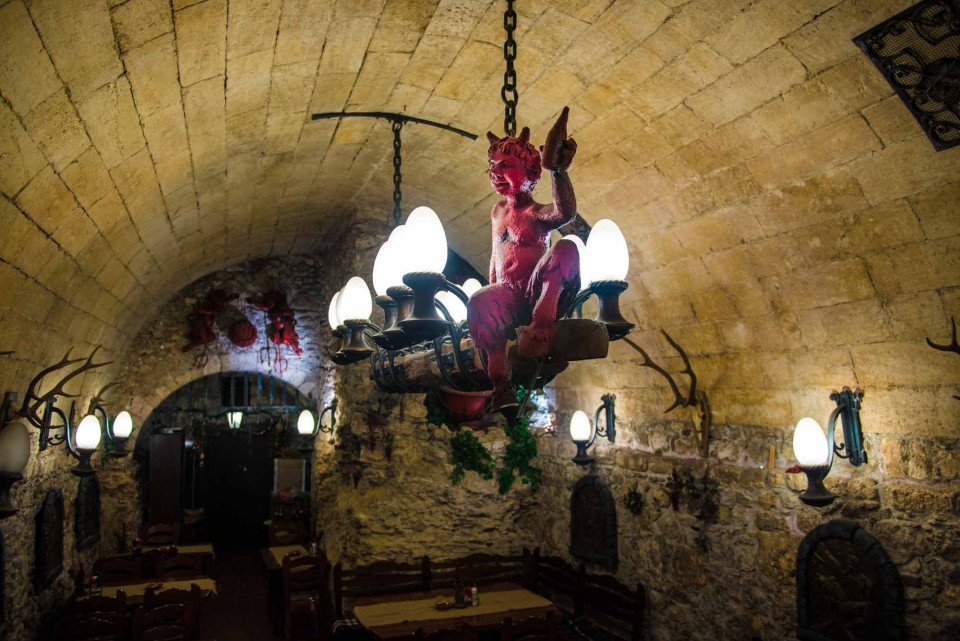
We have done more than a dozen Context Travel tours on four continents and have always found them excellent, informative, and enjoyable. You can see our other stories on our Context Travel tours in Buenos Aires, Paris, Berlin, Shanghai, Beijing, Hong Kong, Montreal twice, Budapest twice, Rome twice, Arles, Florence, and Venice by clicking on the links.
If you are thinking a Context Travel tour is for you, click here, and see if they have a guided tour available in the city you are visiting.
Up Your Travel Skills
Looking to book your next trip? Use these resources that are tried and tested by us. First, to get our best travel tips, sign up for our email newsletter. Then, be sure to start your reading with our Resources Page where we highlight all the great travel companies and products that we trust. Travel Accessories: Check out our list of all the accessories we carry to make getting there and being there a lot easier. Credit Cards: See our detailed post on how to choose the right travel rewards credit card for you. Flights: Start finding the very best flight deals by subscribing to Thrifty Traveler. Book your Hotel: Find the best prices on hotels with Booking.com. See all of the gear and books we like in one place on our Amazon shop.Got a comment on this post? Join the conversation on Facebook, Instagram, or Threads and share your thoughts!



Comments are closed.